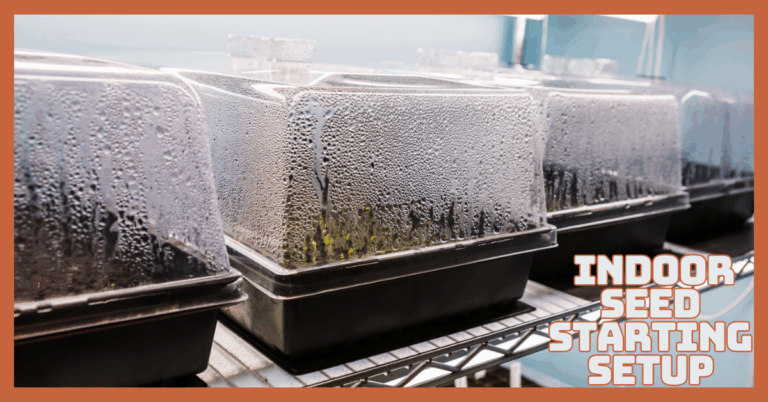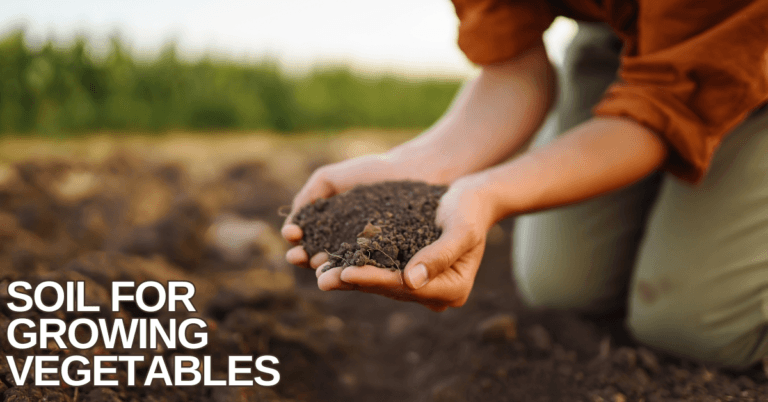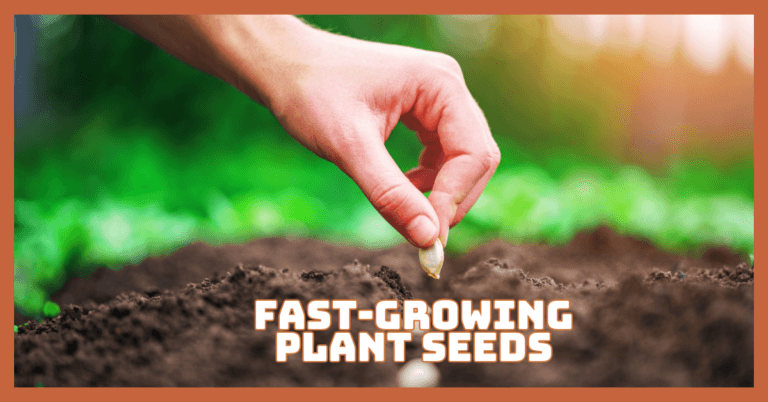Best Gardening Tips For Balconies
Best Gardening Tips For Balconies
Transforming your balcony into a flourishing oasis is a horticultural endeavour and a journey into creating a green haven amid urban landscapes.
Embark on your balcony gardening journey with a spectrum of tailored gardening tips for balcony spaces.
Whether you have a spacious terrace or a cozy apartment ledge, cultivate a vibrant pocket of nature right outside your door.
This article explores various gardening tips tailored specifically for balconies, whether you possess a spacious terrace or a cozy apartment ledge.
Balcony gardening is a harmonious blend of creativity, resourcefulness, and a green thumb's touch.
From selecting the right plants to optimizing limited space, every decision contributes to a miniature botanical sanctuary.
In this green retreat, you can escape the hustle and bustle while revelling in the joy of nurturing life amidst the concrete jungle.
Whether you're a seasoned gardener or a novice with a desire for verdant aesthetics, these tips will guide you on a botanical adventure, turning your balcony into a blooming testament to the boundless wonders that a bit of soil, sunlight, and care can cultivate in the heart of the city.
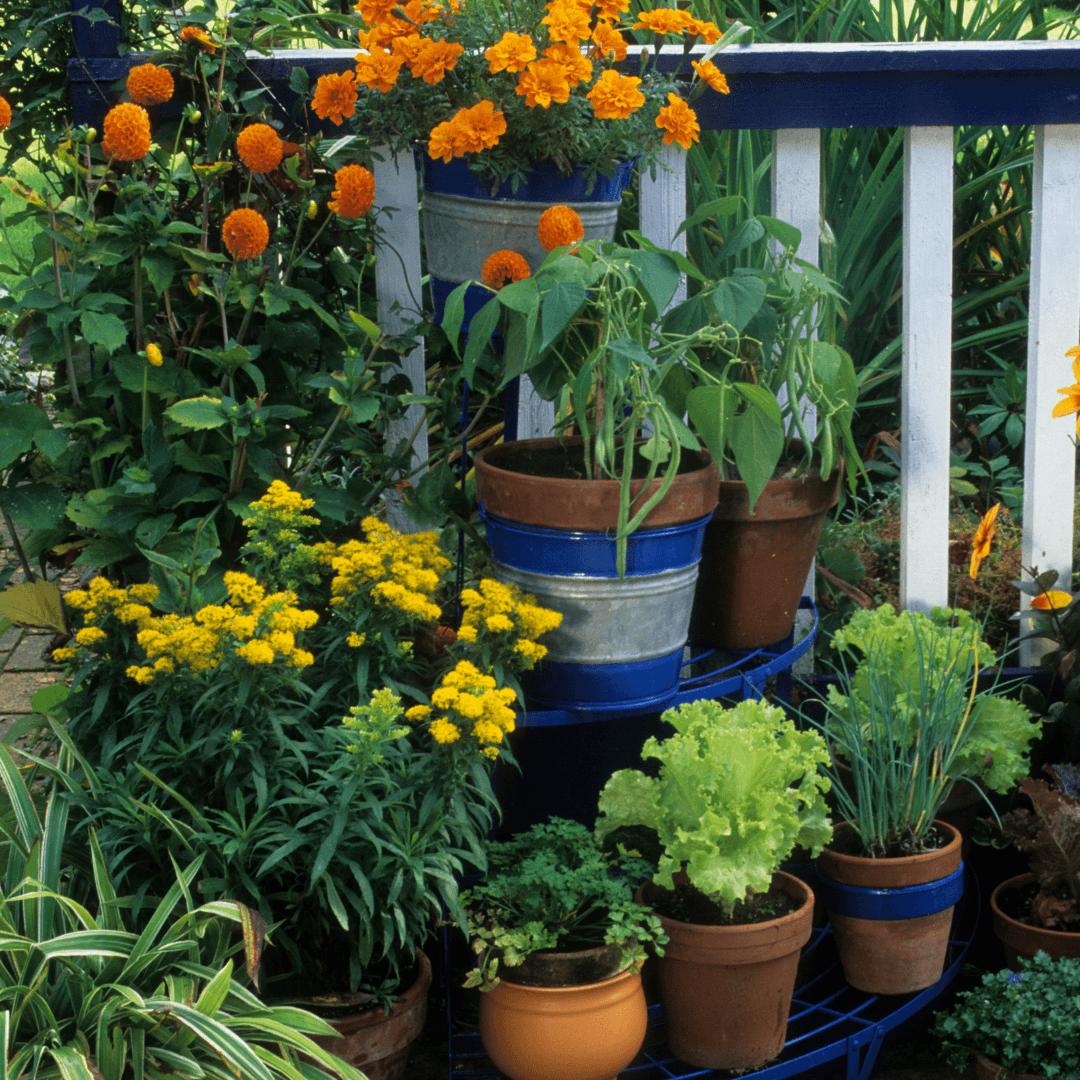
Benefits Of Gardening On Balconies
Gardening on balconies offers numerous benefits, making it a rewarding and fulfilling activity for urban dwellers. Some key benefits include:
1. Green Space in Urban Settings
Cultivating a green sanctuary on balconies offers an urban oasis, allowing individuals to reconnect with nature and find respite from the bustling city life within the confines of their homes.
2. Improved Air Quality
Plants on balconies help filter out air pollutants, contributing to cleaner and fresher air quality around your home.
Having pronounced health advantages, this is especially noteworthy for residents in densely urbanized regions with elevated pollution levels.
3. Stress Relief And Mental Well-Being
Studies on gardening's effects on stress reduction and mental health have been proved. Being around greenery, caring for plants, and seeing their growth can lift one's spirits and reduce anxiety.
4. Access To Fresh Produce
Balcony gardening allows individuals to grow their fruits, vegetables, and herbs, providing access to fresh and nutritious produce at their doorstep.
This can promote healthier eating habits and reduce reliance on store-bought produce, leading to a more sustainable lifestyle.
5. Creativity And Personalization
Balcony gardening provides an opportunity for creative expression and personalization of outdoor spaces.
Individuals can design their balcony gardens to reflect their unique tastes and preferences, choosing plants, containers, and decor that resonate with them.
6. Environmental Benefits
Cultivating plants on balconies fosters biodiversity and bolsters local ecosystems, offering habitats and nourishment for birds, insects, and other wildlife.
Furthermore, balcony gardens contribute to alleviating the urban heat island effect by offering shade and cooling effects to the adjacent areas.
Overall, balcony gardening offers many benefits, from enhancing the aesthetic appeal of outdoor spaces to promoting physical and mental well-being while contributing to environmental sustainability.
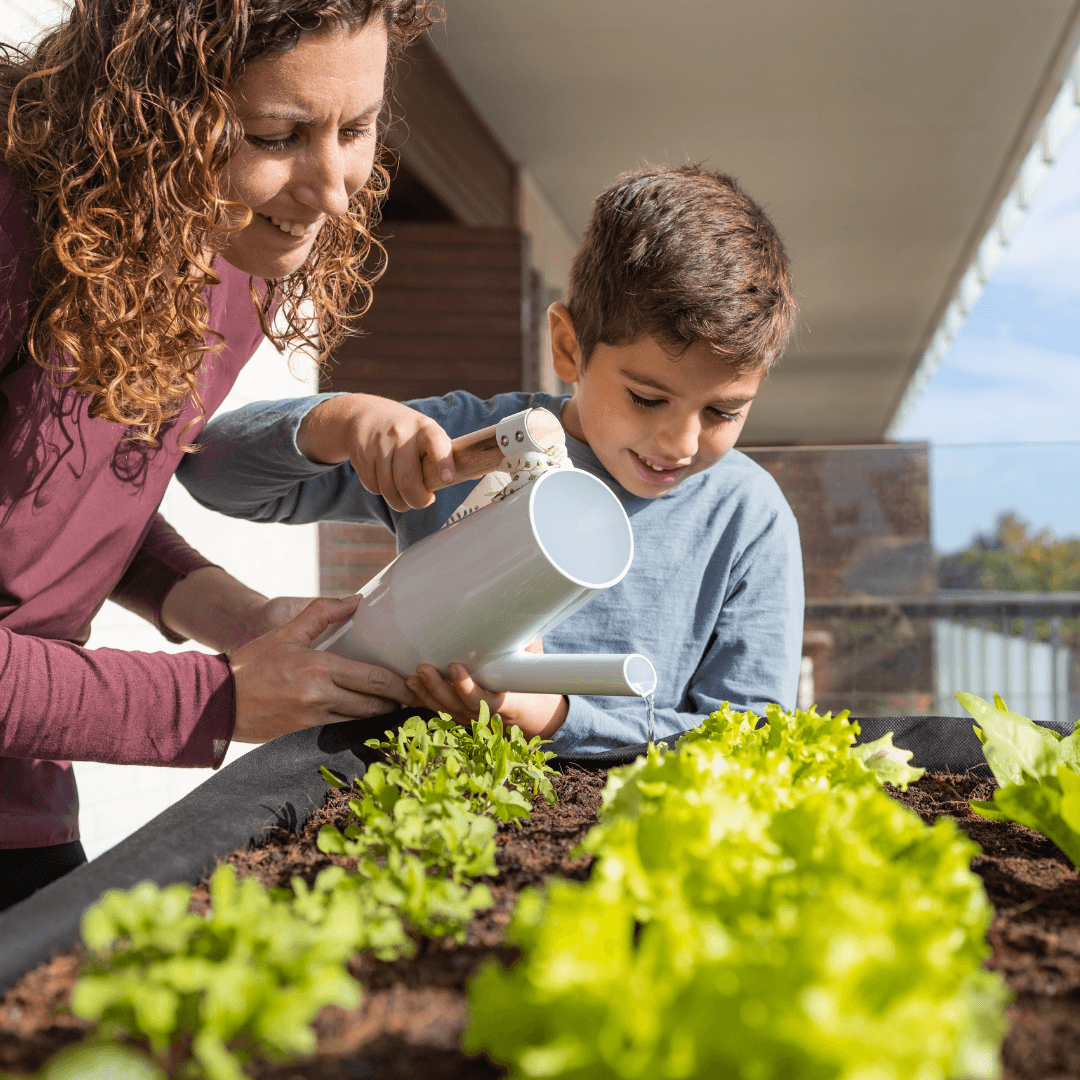
Exploring Gardening Tips For Balconies
Balcony gardening offers a unique opportunity to cultivate nature in urban living, adding a touch of serenity and beauty to your everyday surroundings.
These balcony gardening tips will take you on a horticultural journey, whether you're an experienced gardener or a beginner with a fondness for greenery.
They will transform your balcony into a lively haven where you can welcome, honour, and foster nature's wonders.
So, let’s get started:
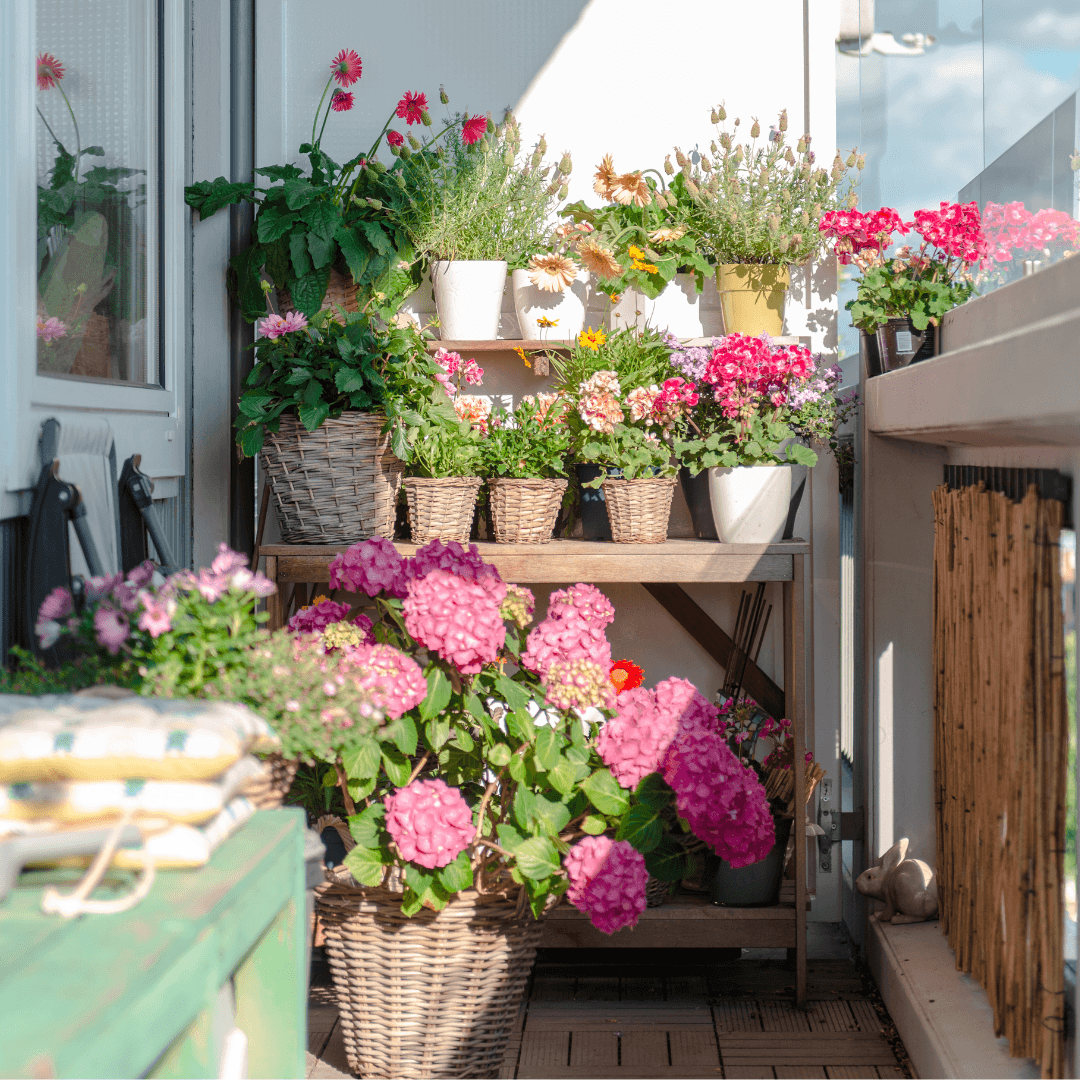
1. Assess Sunlight And Microclimate
Assessing your balcony's sunlight and microclimate conditions is crucial for successful gardening. Start by observing the amount of sunlight your balcony receives throughout the day.
Determine whether it gets full sun, receives direct sunlight for at least six hours, has a partial sun with sunlight for around four to six hours, or is shaded with minimal direct sunlight.
Additionally, microclimate factors such as wind exposure and temperature variations should be considered.
Windy balconies may require windbreaks to protect delicate plants, while balconies facing extreme temperature fluctuations may necessitate plants that can tolerate temperature variations.
Understanding these conditions will help you select the right plants that thrive in your balcony's environment, ensuring their health and vitality.
Regular monitoring of sunlight and microclimate conditions will allow you to make necessary adjustments to optimize plant growth and create an ideal growing environment on your balcony.
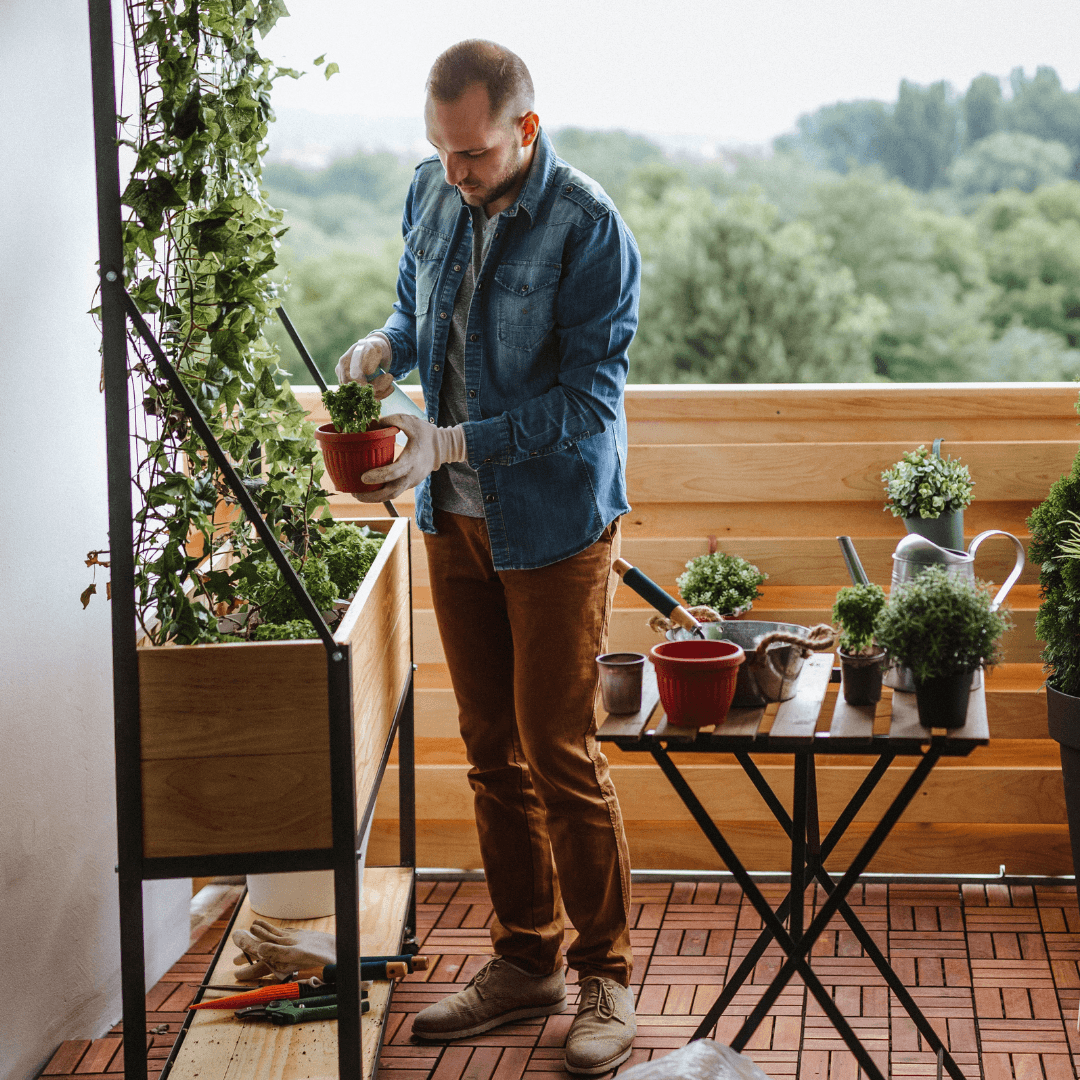
2. Choose The Right Plants For Balcony Gardening
Choosing the right plants is a pivotal step in balcony gardening, as it determines the success and vibrancy of your green space.
Start by assessing the sunlight conditions on your balcony—whether it bathes in full sun, partial sun, or is predominantly shaded.
Once you understand the light levels, opt for plants that align with these conditions.
Sun-loving plants like petunias, marigolds, or herbs like basil thrive in full sunlight, while ferns, impatiens, or snake plants are more suited for shaded balconies.
When selecting plants for your balcony garden, prioritize those well-suited to your region's climate and opt for compact varieties to maximize space, offering a visually appealing and thriving green sanctuary with tailored gardening tips for balcony spaces.
For smaller spaces, explore compact and dwarf varieties, maximizing the limited room available.
Compact vegetables, like cherry tomatoes or dwarf peppers, and ornamentals, like mini roses or compact hydrangeas, are excellent choices for confined spaces.
This thoughtful selection ensures a visually appealing balcony and promotes the healthy growth of plants that harmonize with your specific environmental conditions.

3. Container Selection For Gardening On Your Balcony
Container selection is a key aspect of successful balcony gardening. It influences the health of your plants and the overall aesthetic appeal of your outdoor space.
Opt for lightweight containers made from plastic, fibreglass, or resin. These are easy to move and prevent unnecessary strain on your balcony structure.
The lightweight nature facilitates flexibility in rearranging your garden and ensures the containers do not add excessive weight.
Ensure your chosen containers have proper drainage holes to prevent waterlogging, a common issue in potted plants.
Adequate drainage promotes healthy root systems by preventing excess water from accumulating and reducing the risk of root rot and other water-related plant diseases.
Beyond functionality, consider the visual impact of your containers. Choose pots that complement your balcony's aesthetics, whether sleek, modern, rustic, or eclectic.
Harmonizing the containers with your balcony's overall design enhances the visual cohesiveness of your green haven.
Thoughtfully selecting lightweight, breathable containers with proper drainage and aesthetic appeal, you set the stage for a thriving and visually pleasing balcony garden.
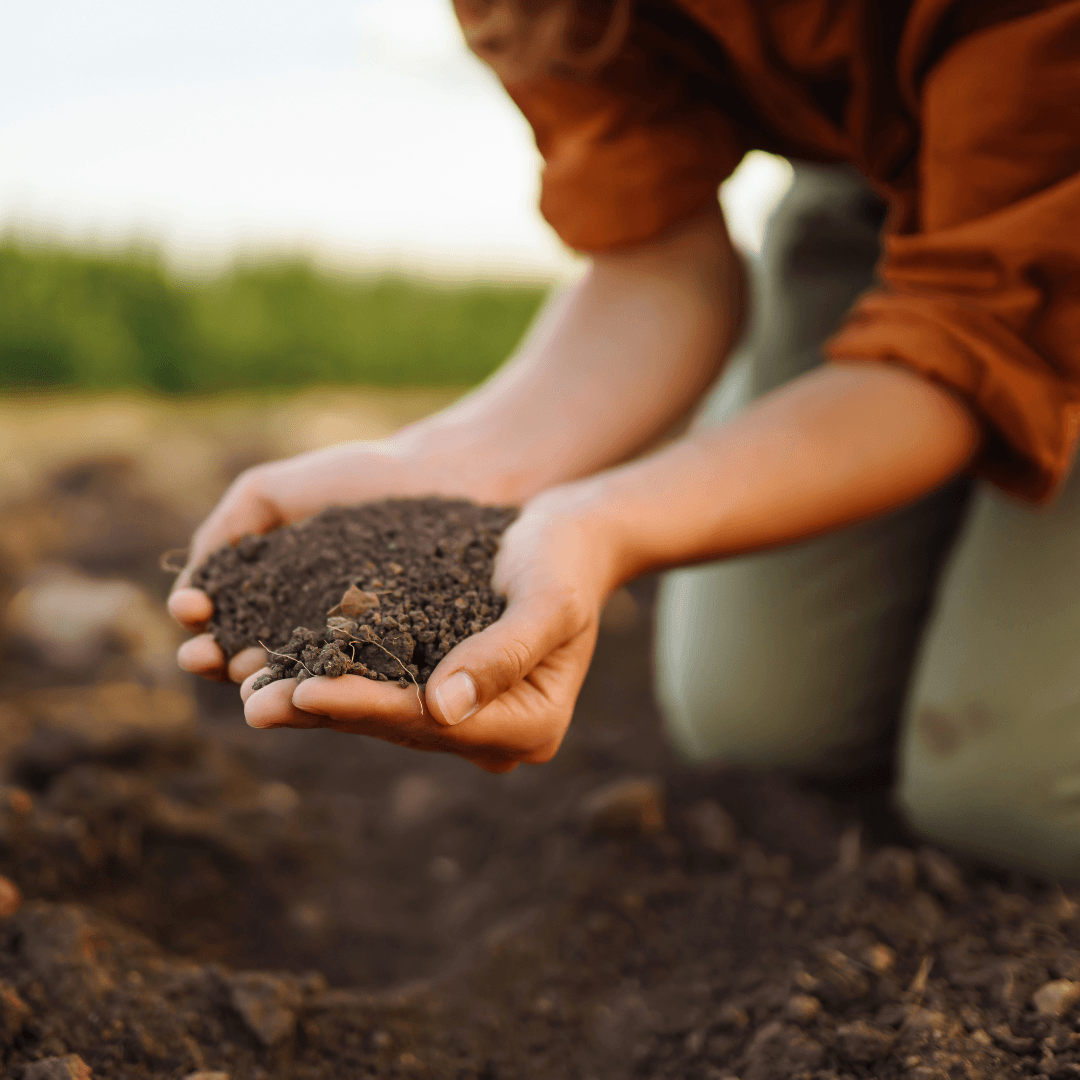
4. Quality Soil Mix For Balcony Plants
Ensuring your balcony plants have access to quality soil is essential for their health and vitality.
Invest in a premium potting mix designed especially for container gardening, as it offers the nutrients required and facilitates appropriate drainage and airflow.
Look for mixes that contain ingredients like perlite or vermiculite, which help improve soil structure and prevent compaction, ensuring adequate airflow to the roots.
Consider adding organic matter, such as compost or well-rotted manure, to your potting mix to enhance fertility and promote microbial activity in the soil.
Organic matter increases water retention while also providing essential nutrients for plant growth.
Mixing in compost or other organic amendments enriches the soil, creating a nutrient-rich environment that supports healthy root development and robust plant growth.
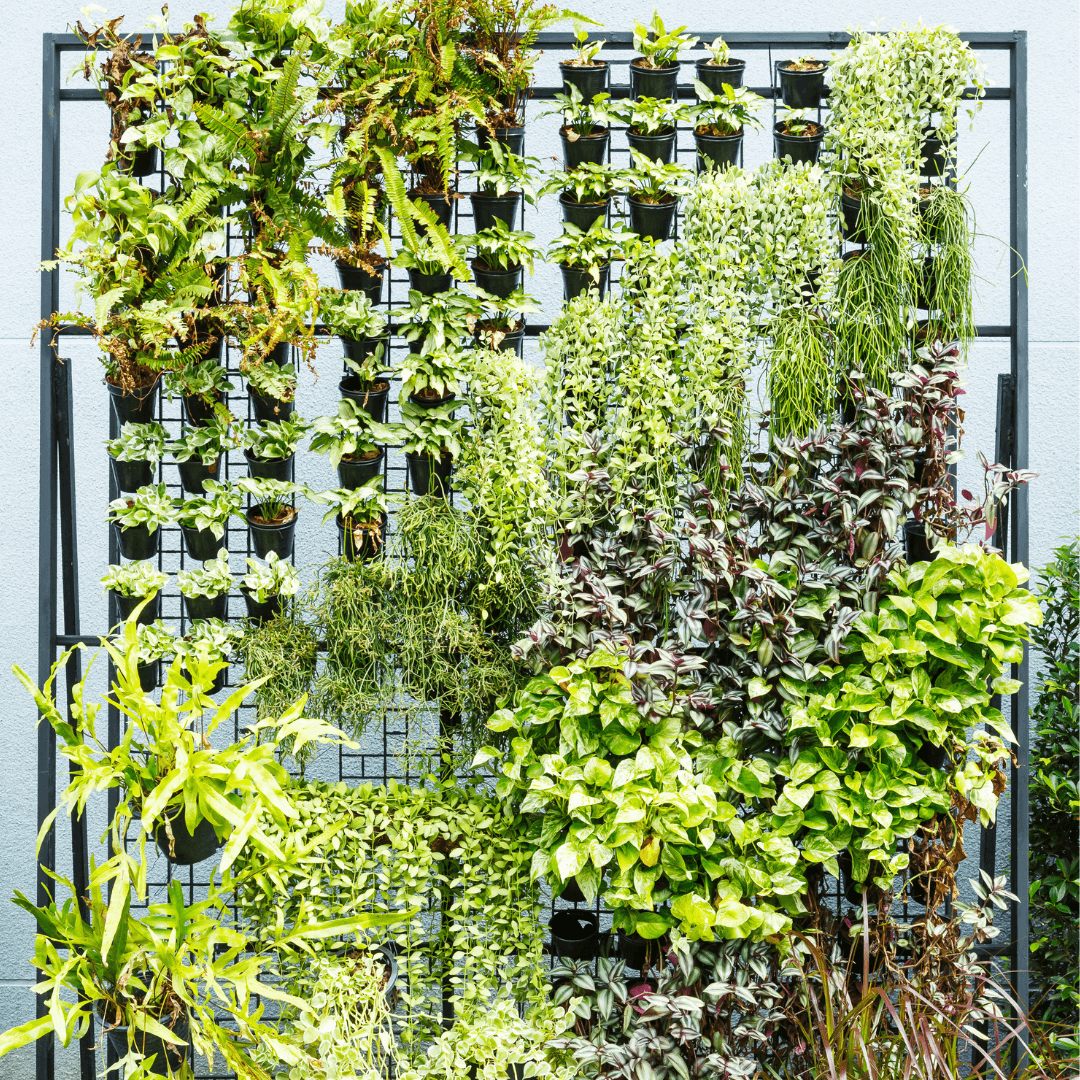
5. Vertical Gardening For Limited Balcony Spaces
Vertical gardening is an ingenious strategy for optimizing limited balcony space. It transforms vertical surfaces into lush, green canvases.
By embracing this technique, you maximize your gardening area and create an aesthetically pleasing and functional environment.
Install wall-mounted shelves to showcase an array of potted plants, allowing sunlight and greenery to cascade down your balcony walls.
Hanging planters suspended from railings or overhead structures provide an excellent solution.
Enhance your balcony's greenery by utilizing hanging planters and vertical planters, and ingenious gardening tips for balcony spaces that add a dynamic visual element and optimize valuable floor space, creating a flourishing vertical garden tapestry.
Vertical planters featuring pockets or tiers are designed to hold multiple plants, efficiently creating a vertical garden tapestry.
When implementing vertical gardening, consider the sunlight exposure on your balcony.
Place sun-loving plants on upper tiers, while shade-tolerant varieties can thrive in areas with less direct sunlight.
This strategic approach ensures that every inch of your vertical space contributes to a flourishing and harmonious garden, transforming your balcony into a multi-dimensional haven of greenery.

6. Watering Practices For Balcony Gardening
Effective watering practices are pivotal for maintaining a healthy and thriving balcony garden.
Consistent watering is essential, striking a balance between providing adequate moisture without leading to overwatering.
Containers with drainage holes are indispensable to prevent waterlogging. These holes ensure excess water can escape, allowing the soil to maintain a well-balanced moisture level.
Place a saucer beneath each container to catch any surplus water, preventing potential damage to your balcony floor and structure.
Timing matters in watering practices. To optimize the advantages of each watering session, watering early in the day is recommended, minimizing the loss through evaporation and ensuring that your plants receive the maximum benefit.
This approach also helps prevent fungal diseases, as the foliage has time to dry before cooler evening temperatures set in.
Adopting these thoughtful watering practices fosters a consistently hydrated and healthy balcony garden.
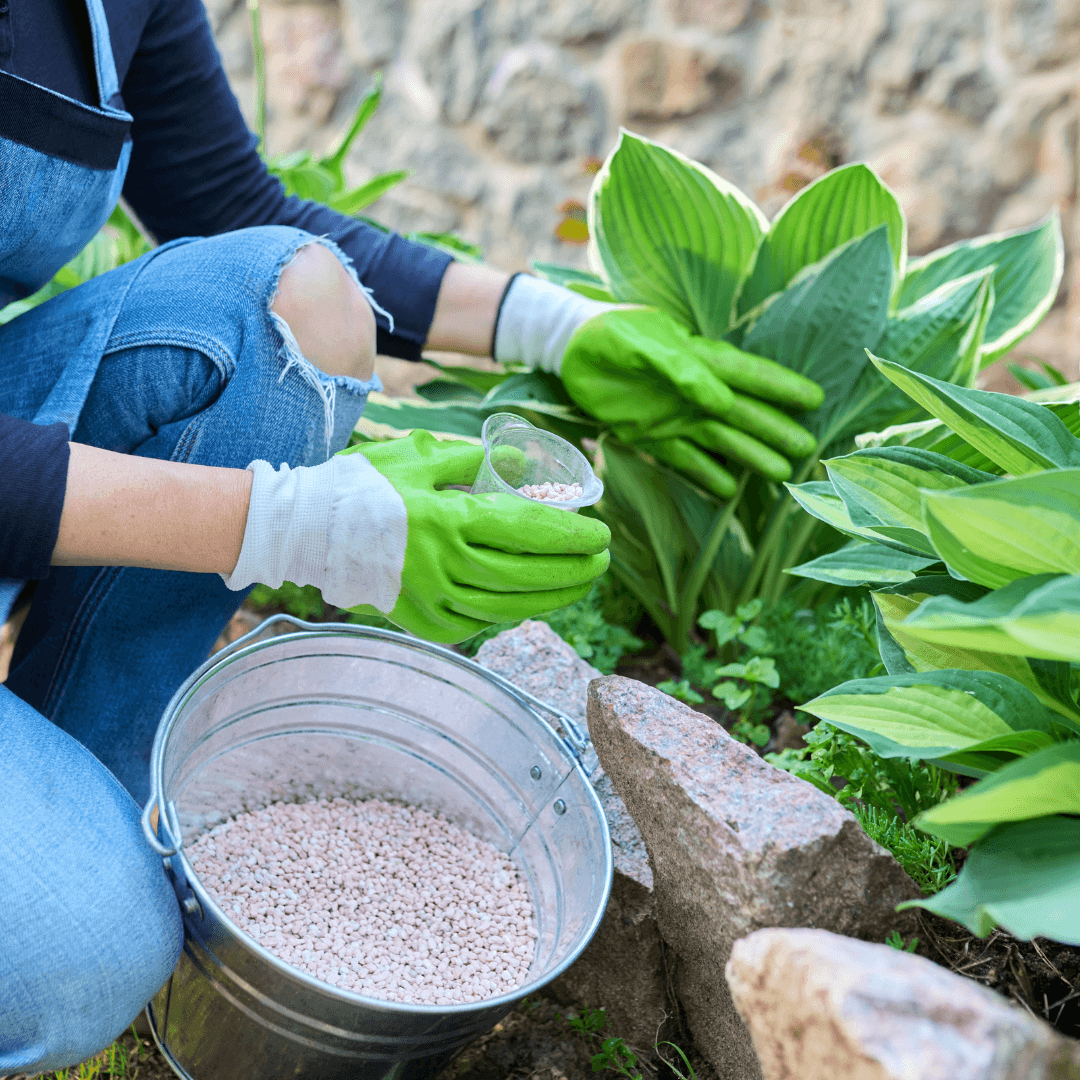
7. Fertilizing Routine For Balcony Gardening
Establishing a consistent fertilizing routine is a key component of balcony gardening. This ensures your plants receive the essential nutrients for robust growth and vibrant blooms.
Choosing a natural fertilizer for flowers, fruit, vegetables, or herbs is best for gardening on balconies.
Alternatively, opt for a balanced, water-soluble fertilizer, as it allows for efficient nutrient absorption by the plants.
This type of fertilizer typically contains a mix of nitrogen, phosphorus, and potassium, supporting overall plant health.
Follow the package instructions meticulously, as over-fertilizing can be as detrimental as under-fertilizing.
Application frequency and dosage vary among plant species, so it is crucial to tailor the fertilizing routine to each plant's specific needs.
Consider plant type, growth stage, and seasonal requirements when adjusting the feeding schedule.
Regular fertilization promotes healthy foliage and blooms but also aids in replenishing nutrients depleted from the container soil.
For a thriving balcony garden, incorporate regular fertilization into your routine. This crucial gardening tip promotes healthy foliage and blooms and replenishes essential nutrients, contributing to long-term vitality and a continuous display of lush greenery and vibrant colours.
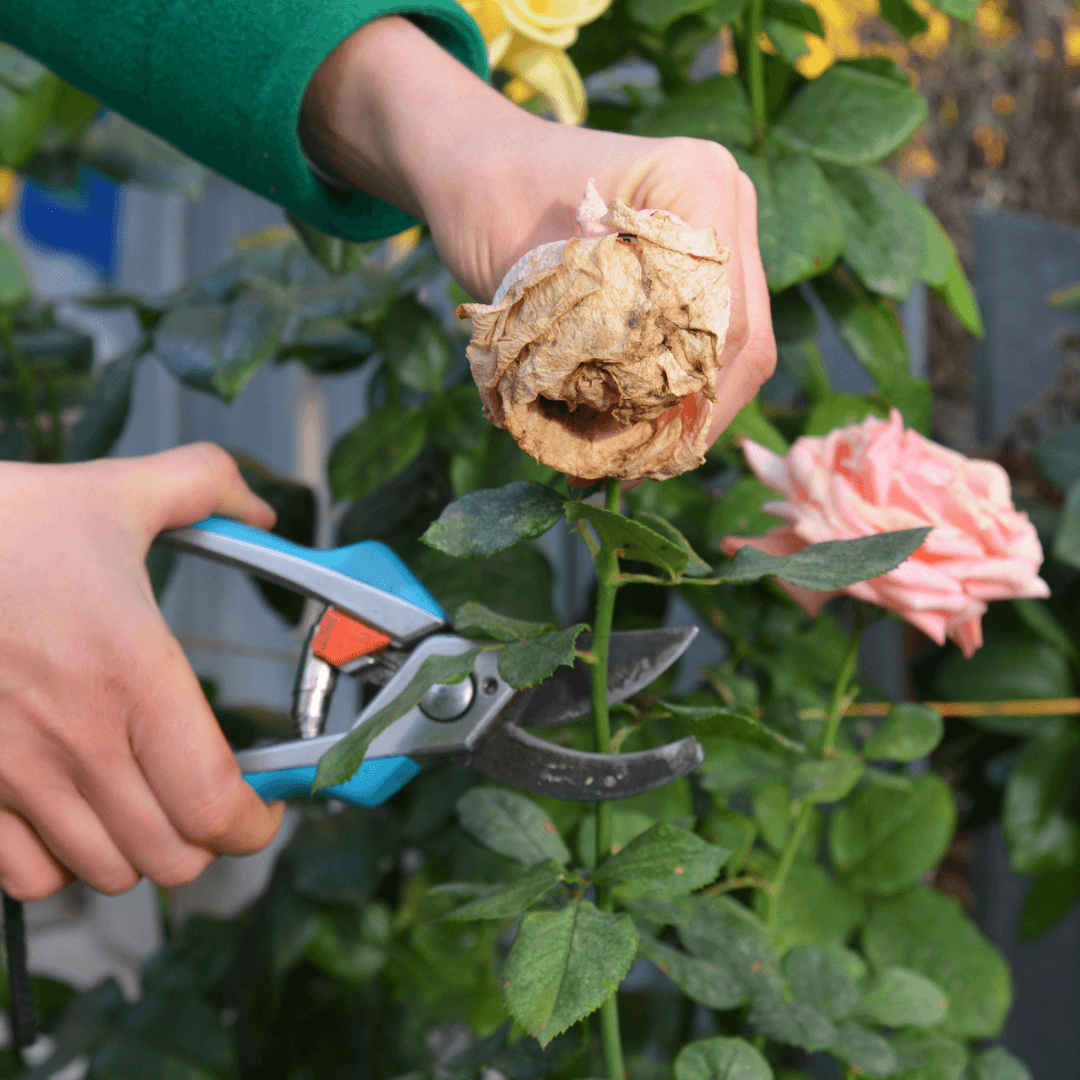
8. Pruning And Deadheading
Pruning and deadheading are essential in balcony gardening, contributing to your plant's overall health and aesthetics.
Regular pruning helps maintain a well-defined shape, prevents overcrowding, and encourages the development of bushier growth.
Removing dead or diseased branches enhances air circulation, reducing the risk of fungal diseases and promoting a healthier plant environment.
Deadheading, the removal of spent or faded flowers, is equally important. This process redirects the plant's energy from seed production back into flower and foliage growth, encouraging a prolonged blooming period.
It keeps your balcony garden looking fresh and vibrant and stimulates the plant to produce new blooms, ensuring a continuous display of colour.
When pruning, use sharp, clean tools to make precise cuts. Focus on removing damaged or excessive growth while preserving the plant's natural form.
Incorporating regular pruning and deadheading into your balcony gardening routine fosters an environment where plants can thrive, producing abundant blooms and maintaining an attractive and well-groomed appearance.

9. Companion Planting
Elevate your balcony gardening strategy with companion planting, an innovative gardening tip for balcony spaces that involves growing different plant species together, fostering a harmonious and mutually beneficial environment by carefully selecting combinations that complement each other's growth habits and nutrient needs.
You can create a harmonious and mutually beneficial environment in your balcony garden by carefully selecting plant combinations that complement each other's growth habits and nutrient needs.
Certain plant combinations can help repel pests naturally, reducing the need for chemical pesticides.
For example, planting aromatic herbs like basil or mint alongside susceptible plants can deter pests such as aphids or whiteflies.
Additionally, some plants attract beneficial insects like ladybugs or bees, which contribute to pollination and pest control.
Consider each plant's growth habits and space requirements when planning your companion planting scheme.
Pair tall or vining plants with shorter, bushier varieties to maximize vertical and horizontal space.
Furthermore, select plants with similar soil and light requirements to ensure they thrive together.
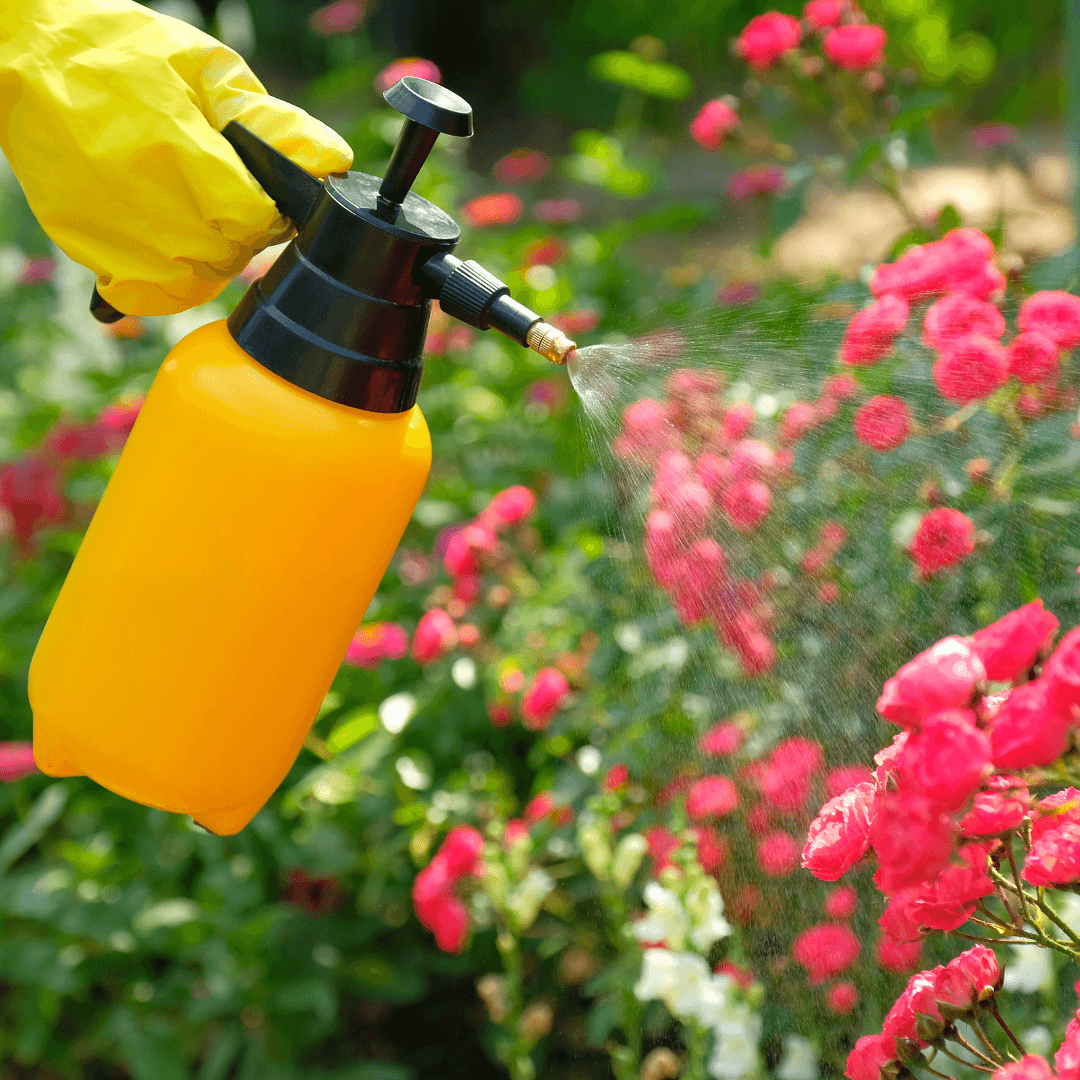
10. Protect From Pests
Protecting your balcony garden from pests is essential for maintaining healthy and thriving plants.
Consistently examine your plants for indications of pest presence, such as nibbled leaves, stippling, or visible insects.
Detecting issues early facilitates swift intervention, reducing the risk of potential harm. Proactive strategies play a crucial role in effectively handling pests.
Utilize organic pest control techniques like neem oil or insecticidal soap as preventive measures, ensuring the safety of both plants and the environment.
These natural remedies disrupt pests' life cycles and provide a non-toxic solution to pest management. Apply them according to package instructions and repeat as necessary.
As part of your gardening tips for balcony spaces, consider encouraging natural predators like ladybugs, lacewings, or predatory mites to help keep pest populations in check.
This will foster a balanced ecosystem where plants can thrive without harmful pest damage, ensuring a healthy and flourishing balcony garden for you to enjoy.
These beneficial insects feed on common garden pests like aphids, mites, and caterpillars, providing natural pest control without chemical intervention.
Incorporating these preventive measures into your balcony gardening routine helps create a balanced ecosystem where plants can thrive free from harmful pest damage.
Regular monitoring and proactive pest management ensure a healthy and flourishing balcony garden for you to enjoy.

11. Mulching Of Balcony Gardens
In balcony gardening, mulching emerges as an exceptionally advantageous practice. It presents numerous benefits for your plants' overall well-being and prosperity.
Applying a layer of mulch on the soil surface acts as a protective shield, proficiently preserving moisture by mitigating evaporation, a critical aspect in container gardens where soil tends to desiccate rapidly.
Additionally, mulch is a natural deterrent to weeds, impeding their germination and growth.
This reduces competition for nutrients and ensures a tidy and well-maintained appearance on your balcony.
Beyond moisture retention and weed control, mulching contributes to temperature regulation in the soil.
It acts as an insulator, preventing extreme temperature fluctuations that can stress plant roots.
This proves particularly advantageous in city settings where balconies might be subjected to diverse weather conditions.
For additional benefits, choose organic mulch, such as straw, shredded bark, or compost.
The mulch adds organic matter to the soil as it decomposes, improving fertility and encouraging a healthier balcony garden.
Incorporating mulching into your balcony gardening routine is a simple yet impactful way to create a conducive and thriving environment for your plants.
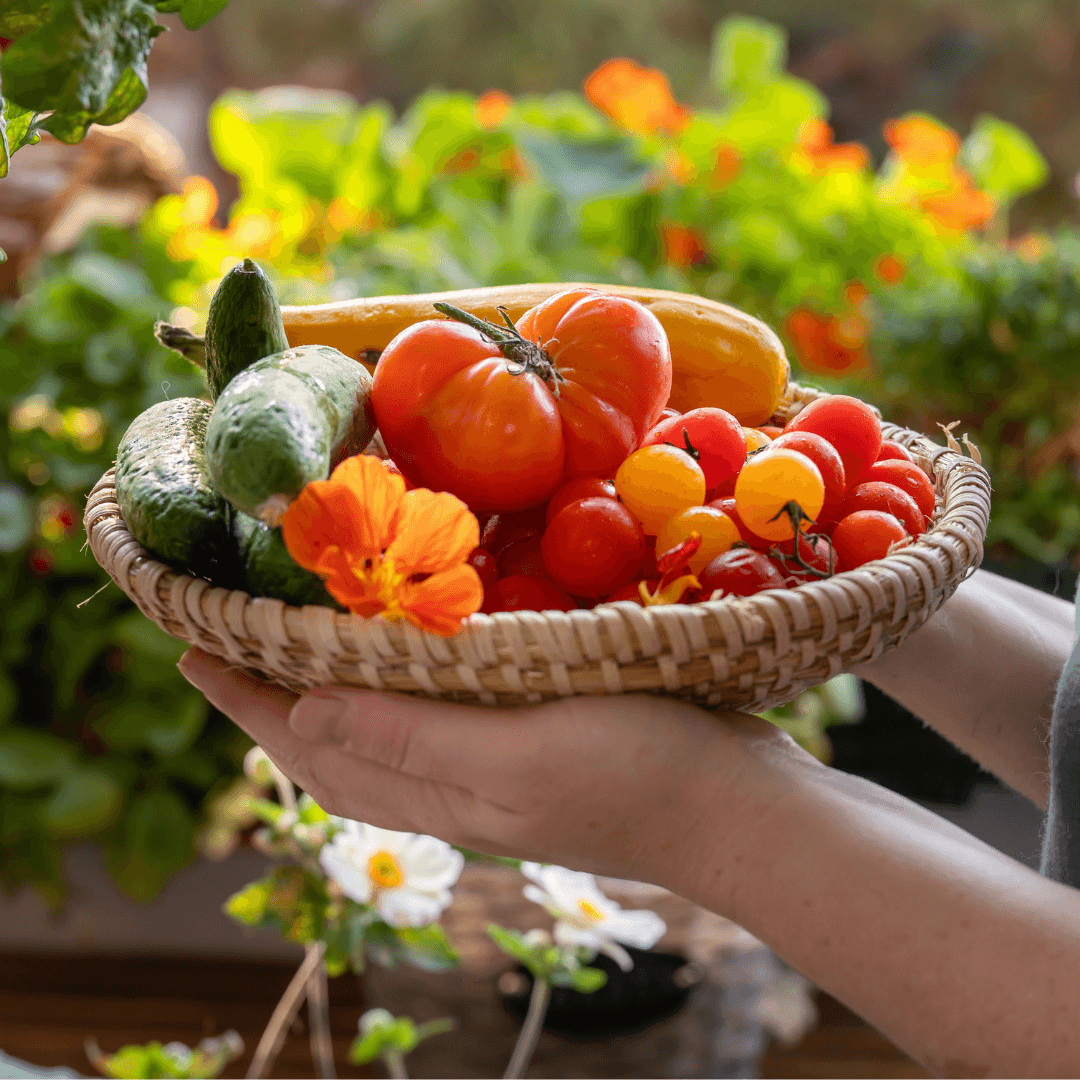
12. Harvest Regularly
Harvesting regularly is vital to balcony gardening, especially for those cultivating edible plants.
Beyond the immediate pleasure of enjoying fresh, homegrown produce, regular harvesting plays a pivotal role in your plants' overall health and productivity.
When you consistently harvest fruits, vegetables, and herbs, you stimulate a continuous cycle of growth and reproduction.
Prompt harvesting encourages plants to invest energy in new blooms, leading to sustained production of fruits and vegetables.
This not only extends the harvesting season but also promotes healthier plants. Regular harvesting prevents overripening or the accumulation of overripe fruits on the plant, which can attract pests or diseases.
Additionally, harvesting at the right time ensures that your produce maintains optimal flavour, texture, and nutritional value.
By embracing this practice, you savour the rewards of your balcony garden and actively contribute to the vitality and abundance of your edible plants, fostering a sustainable and thriving harvest throughout the growing season.

13. Join Gardening Communities
Joining gardening communities, whether local or online, offers invaluable benefits for balcony gardeners seeking to enhance their gardening experience.
Establishing connections with like-minded individuals grants you access to a treasure trove of knowledge, expertise, and support, enabling you to navigate challenges and optimize the potential of your balcony garden.
Within these communities, you can share ideas, exchange tips, and glean insights from fellow enthusiasts who share your passion for gardening in confined spaces.
You may discover innovative techniques, plant recommendations, or creative solutions to common balcony gardening issues you hadn't considered before.
Participating in gardening communities not only fosters a sense of camaraderie and belonging but also serves as one of the valuable gardening tips for balcony spaces.
This allows you to celebrate successes, commiserate over setbacks, and gain inspiration from fellow balcony gardeners' diverse approaches and perspectives.
Whether you're a novice seeking guidance or a seasoned gardener eager to share your wisdom, joining gardening communities fosters connections and friendships. It cultivates a supportive network that enriches your balcony gardening journey.
Conclusion
In conclusion, turning your balcony into a vibrant garden is fulfilling. The gardening tips for balcony spaces serve as a comprehensive guide to enhance your experience, emphasizing that even in urban living.
A flourishing balcony garden is a personal sanctuary and part of a larger, interconnected gardening community.
The tips shared here serve as a comprehensive guide to elevate your balcony gardening experience.
It's a reminder that, even in the confined spaces of urban living, a flourishing balcony garden is not just a personal sanctuary but also a part of a larger, interconnected gardening community.
As you embrace these tips, remember that balcony gardening is a journey of discovery and creativity.
Experiment, adapt, and relish the joy of nurturing life amidst the urban landscape. Whether you are a beginner or an experienced gardener, the balcony is your canvas.
With these insights, you can turn it into a blooming masterpiece, fostering a closer connection with nature and bringing the serenity of the outdoors to your home. Happy gardening!
I trust you enjoyed this article on the Best Gardening Tips For Balconies. Please stay tuned for more blog posts soon. Take care!
JeannetteZ
>>>Please click here to read my all-inclusive article about Container Gardening<<<
Are you interested in homegrown herbs and medicine? Please click here to find out more about it!
Your Opinion Is Important To Me
Thoughts? Ideas? Questions? I would love to hear from you. Please leave me your questions, experiences, and remarks about this article on the Best Gardening Tips For Balconies in the comments section below. You can also reach me by email at Jeannette@Close-To-Nature.org.
Disclosure
This post may contain affiliate links. I earn from qualifying purchases as an Amazon Associate and other affiliate programs. Please read my full affiliate disclosure.
You might also enjoy these blog posts:
Solar Energy vs Nuclear Energy
8 Steps Of Growing Blackcurrants In Containers
12 Easy Steps Of Growing Tangerines In Pots
9 Steps To Growing Grapes In Pots
11 Easy Steps To Grow A Passion Fruit Tree




